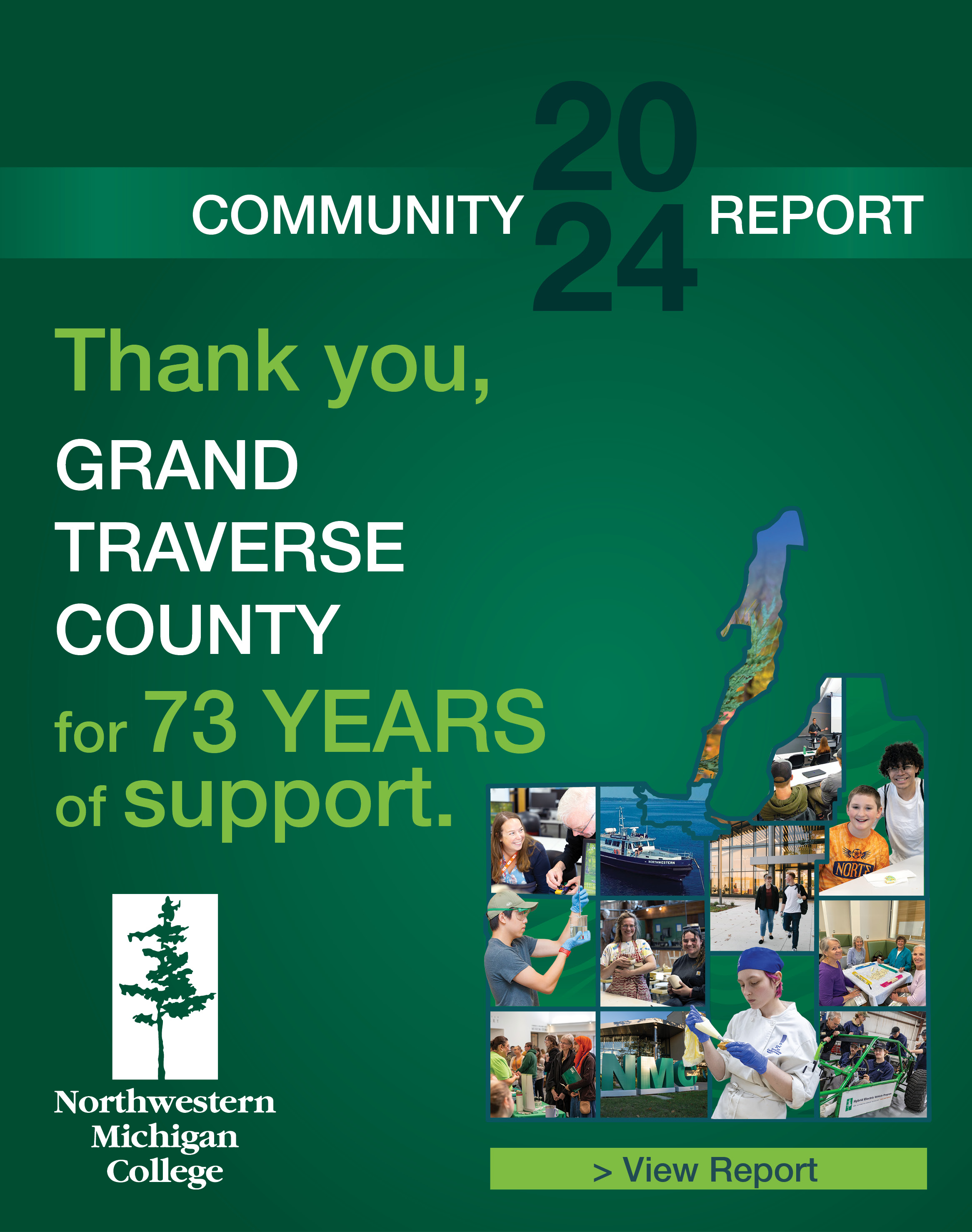
In Search Of Bruce Catton's Benzie County
By Beth Milligan | Nov. 5, 2018
The country’s preeminent Civil War author grew up in a backwoods Benzonia, learning about the war from local Union Army veterans decades after the war’s end. Their lessons — about a country divided, states rights, and the price people will pay for freedom — are as relevant today as they were then. In this week's Northern Express — sister publication of The Ticker — writer Patrick Sullivan pages back through Bruce Catton’s past and memoir of growing up in the small Benzie County town.
Catton’s book Waiting for the Morning Train begins by setting the scene of his childhood: northern Michigan at the dawn of the 20th century, when European settlers had almost wrapped up their project to reshape the state by taking as many natural resources as rapidly as they could. Their endeavor was significant, not only in the way it changed Michigan but also in how it enabled the construction of America. Michigan’s pine trees were turned into lumber that built houses across the country; its copper was turned into wire that electrified the nation; and the iron ore shipped from the Upper Peninsula had already built the railroads — and was about to enable Detroit to make the automobiles that would transform the world.
It was amid the uncertainty of this era that young Catton grew up. Later, as an old man, in the 1970s, he reflected on his Benzie County childhood and on the changes that the coming decades would bring. In particular, though, Catton disliked the automobile. He wrote about how once, in his youth, he’d been watching a baseball game in Benzonia when someone drove up in a car. It was such an odd sight that the game stopped entirely while the players and small crowd gawked.
During his summers in Benzie County in his later years, Catton was friendly but kept mostly to himself and did not get involved in local politics, his niece Ruth Catton says. “He was not averse to chatting with people when he would go into the post office or the coffee shop or whatever — he would chat with people, but he was private in a lot of ways,” Ruth says. In his spare time, Catton liked to whittle small, intricately detailed action figures he could arrange inside dioramas to depict famous Civil War battles; he would glue them into place in a box and use covers of Civil War Times magazine to depict backgrounds. (Some of the dioramas are on display at the museum in Benzonia.)
Catton also had regular Benzie County haunts. He would regularly sign books at a bookstore in Beulah and was also known to be a regular at today’s Hotel Frankfort, known in Catton’s day as the PAC Inn. “He would go there every day for happy hour and sit at the bar, and people left him alone,” says Jane Purkis, the lead curator at the Benzie Area Historical Society. “And he had a martini every day.”
Read more about the fascinating history of Bruce Catton and his life in Benzie County in this week's Northern Express cover story, "In Search of Bruce Catton's Benzie County." The Northern Express is available to read online, or pick up a free copy at one of nearly 700 spots in 14 counties across northern Michigan.
Comment






